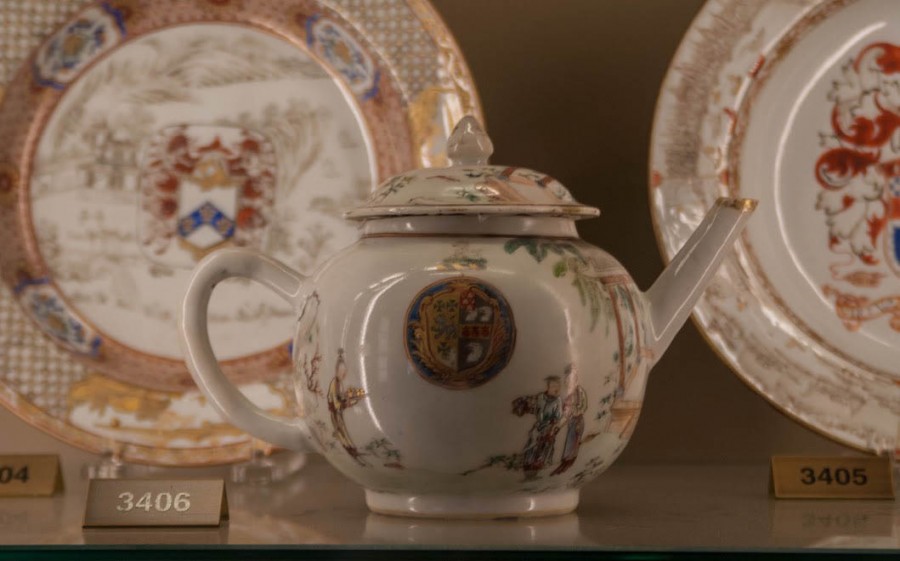Japanese culture: Toshio Ohi’s cup of tea
Students learn about tea with Japanese potter Toshio Ohi
October 26, 2015
Tea ceremonies, sixteenth century Japanese culture and the W&L community came together in a recent talk by renowned potter Toshio Ohi.
On Oct. 24 in Northen Auditorium, Toshio Ohi spoke to the W&L community about his techniques for creating tea utensils and provided an overview of the history of Japanese tea ceremonies.
Sponsored by the Department of East Asian Languages and Literatures, the talk covered Ohi’s experimentation with new styles while retaining aspects of ancient tradition.
Within his presentation, Ohi emphasized the use of all five senses in visualizing and understanding the tea bowl. After the participant drinks the tea, he or she studies the bowl’s craftsmanship.
Although Ohi specializes in the construction of the tea bowl, he also designs furniture and eyewear. Both exhibit the versatility of his work.
“You can take anything and turn it into something unique,” Ohi said. “In 2013, when the nuclear disaster happened, I went back years later and used the clay, taking poison and making it into something beautiful.”
“Students [were] really excited to meet him,” Janet Ikeda, associate professor of Japanese, said. “To be able to talk to someone who actually makes the tea utensils they handle in the tea room and especially someone who is an eleventh generation potter is such a rare opportunity.”
Ikeda was influential in bringing Ohi to campus. She invited him to speak between similar engagements along the East Coast. A notable stop on his trip is the Museum of Arts and Design in New York.
The students and public expressed interest in the artist’s mastery of the ceramic arts and his personal knowledge of Japanese customs.
“It’s really interesting to see the connection between Chinese and Japanese history in tea culture and the actual ceramic techniques involved in producing the tea bowls,” Liza Freed, ’18, said.
Aside from his worldwide talks, Ohi serves as a spokesman for the city of Kanazawa, Japan. Kanazawa has a strong connection with W&L. Retrired professor Ken’ichi Ujie fostered this strong relationship during his tenure.
Ujie began a spring term abroad trip to Kanazawa over a decade ago. Starting this spring, Ikeda will continue this tradition.
“My colleague was a second language specialist and mine is medieval Japanese literature, specifically of the sixteenth and seventeenth centuries,” Ikeda said. “I’m excited to show the students the Ohi Museum and other historical places of significance.”



